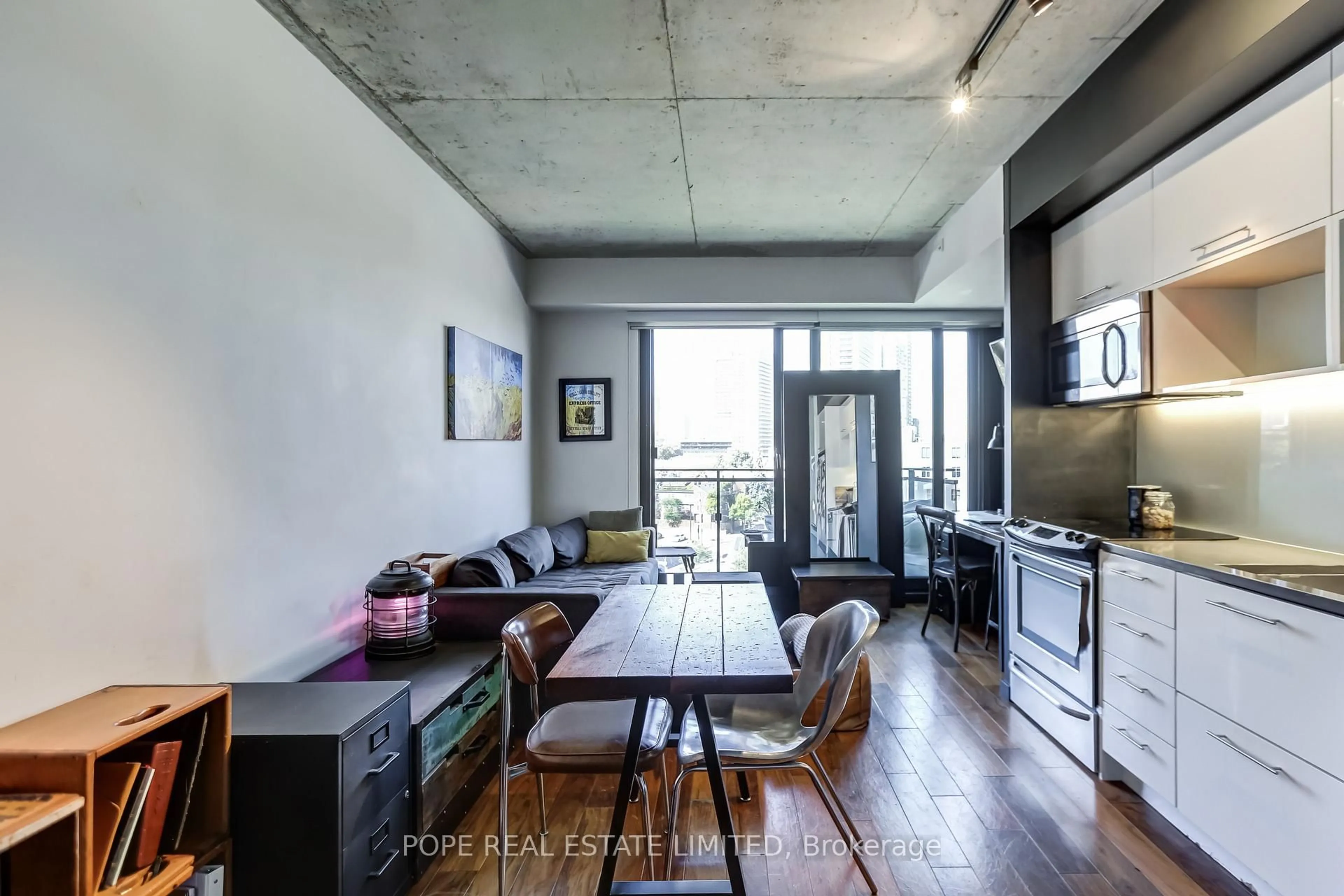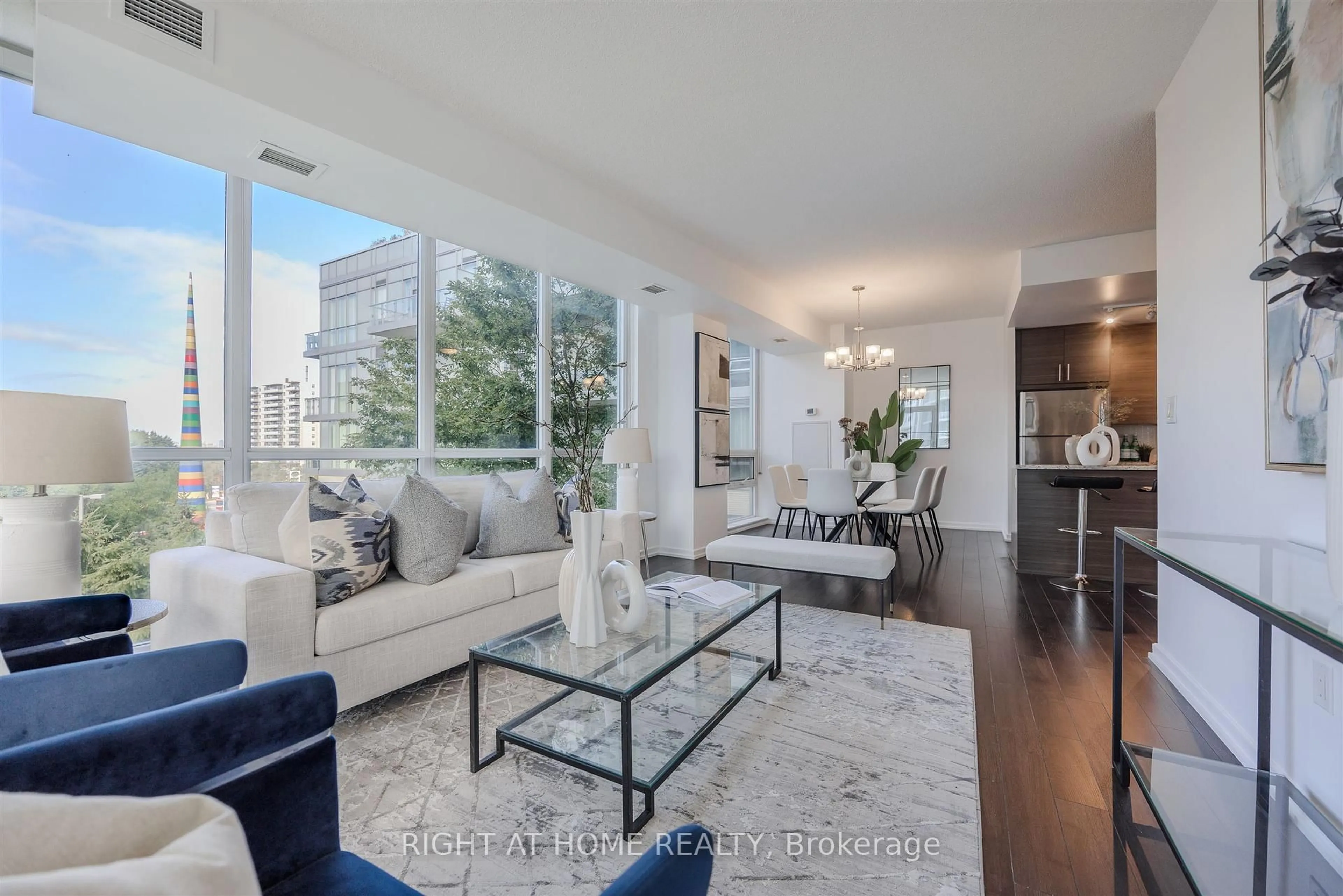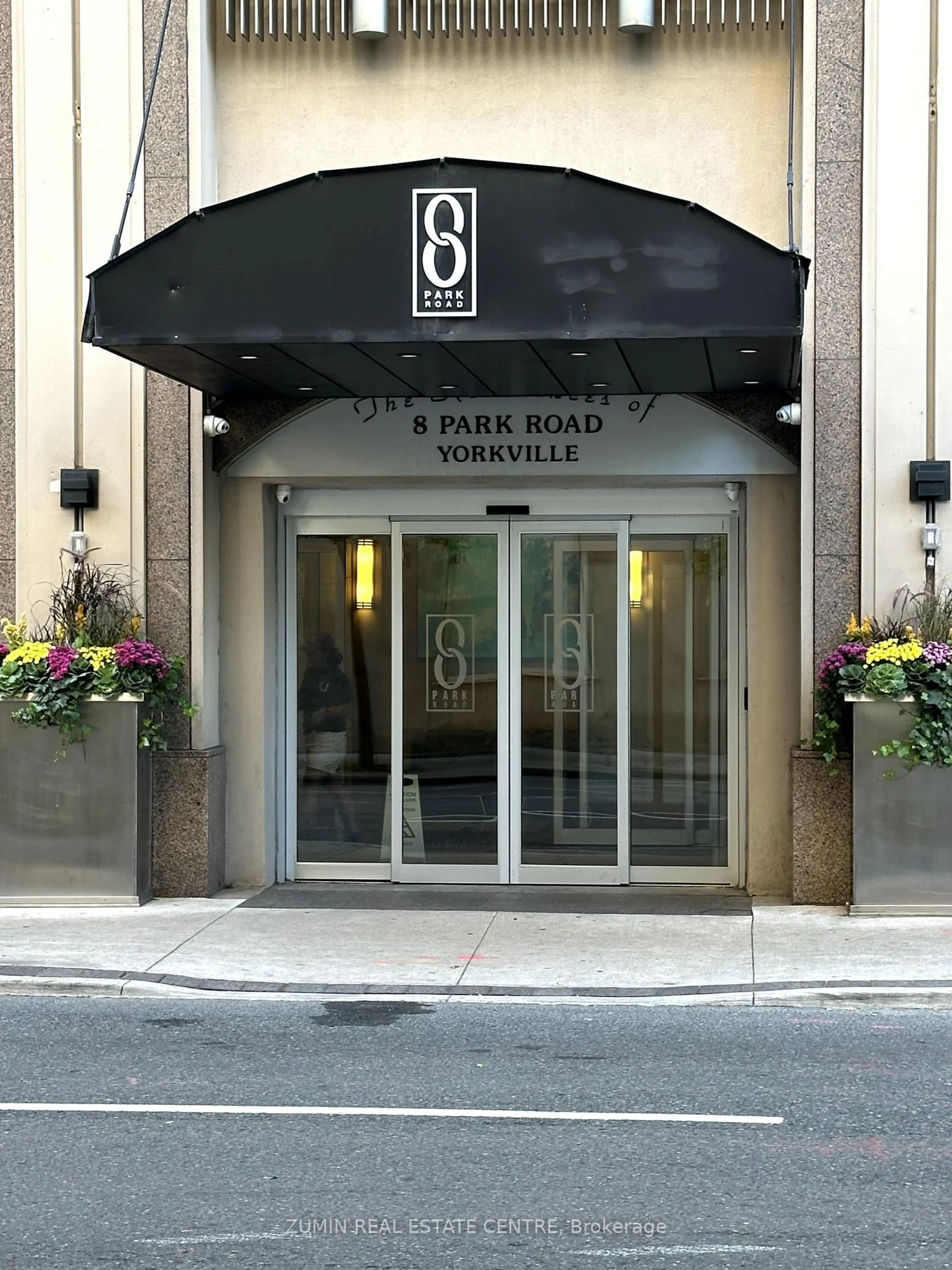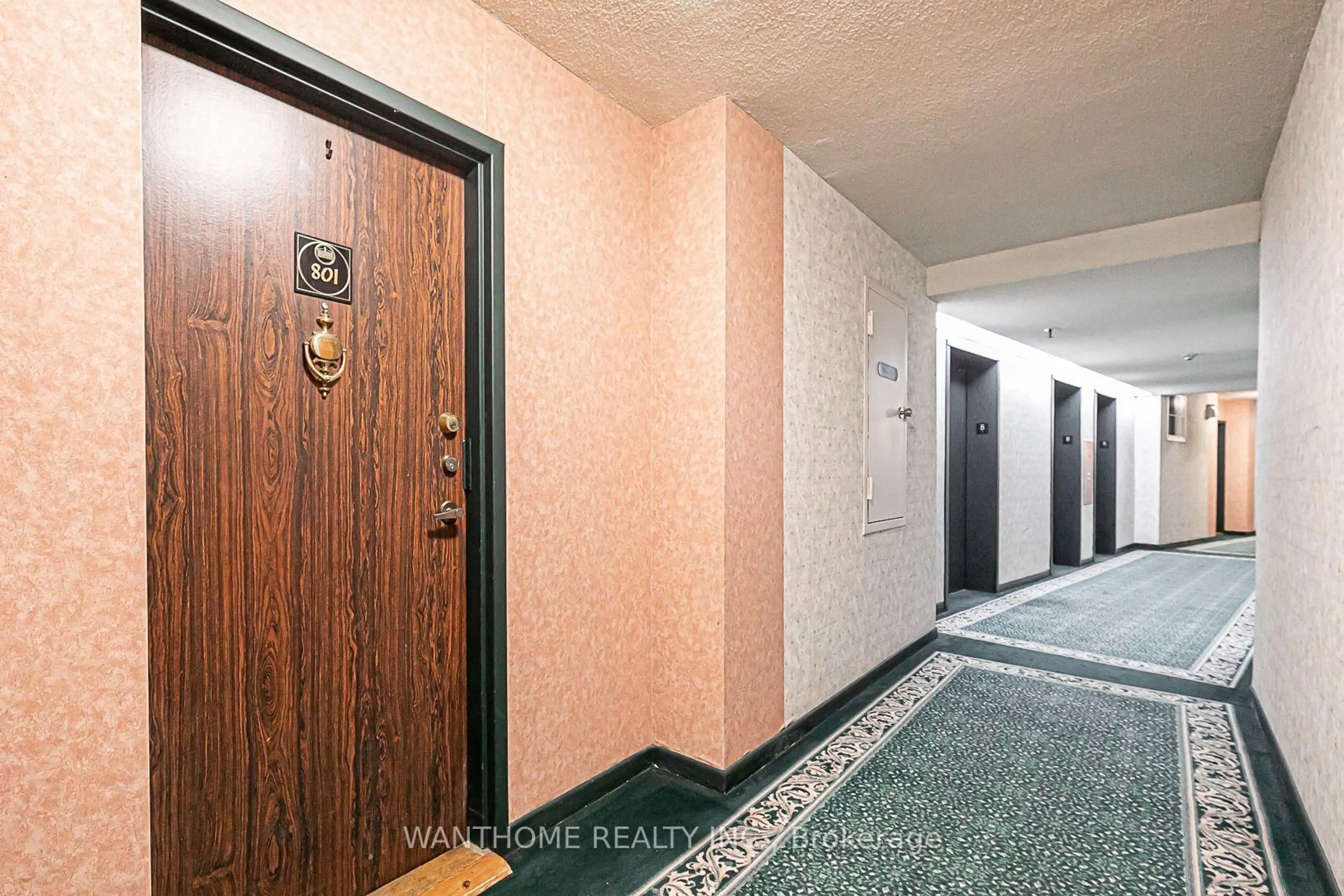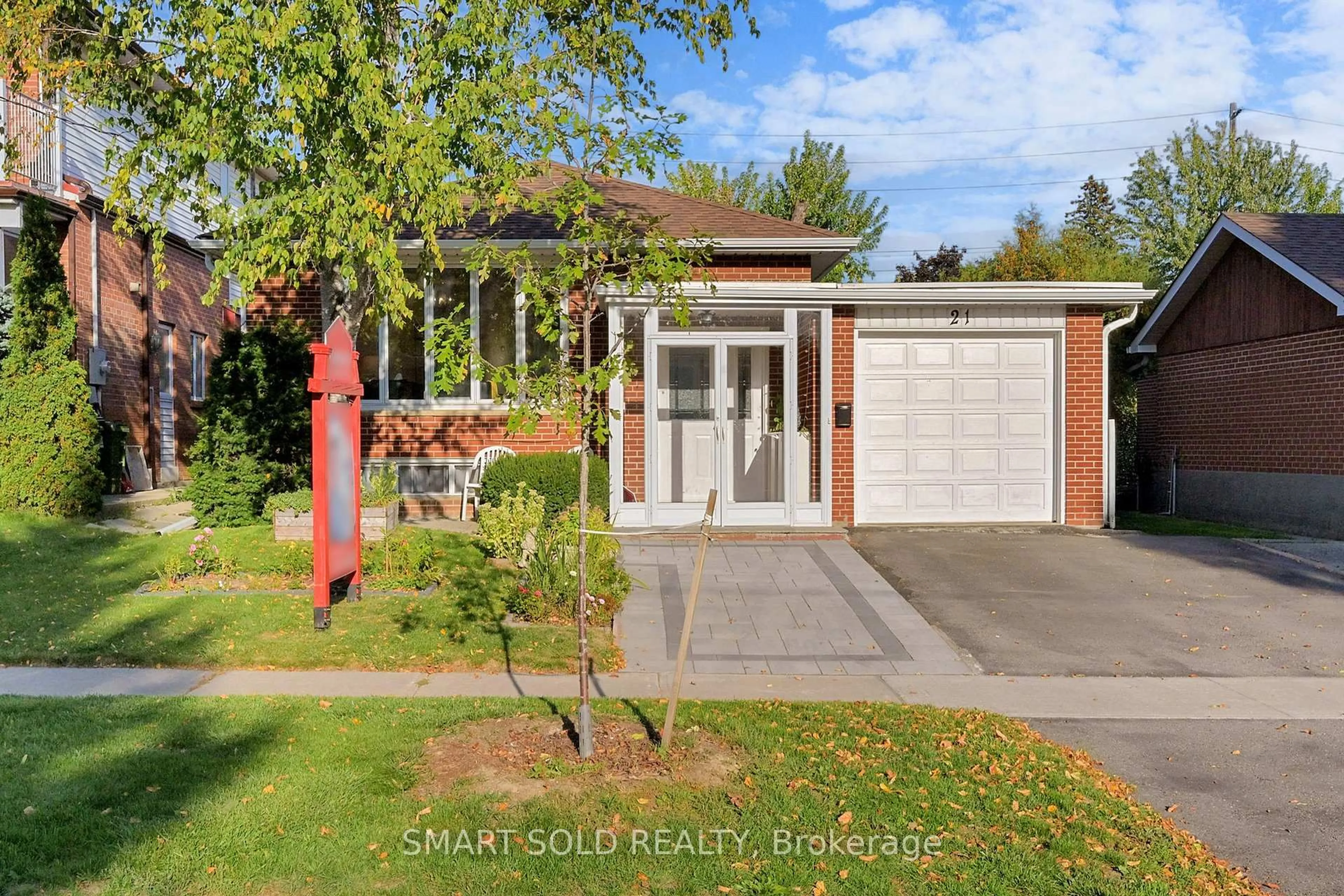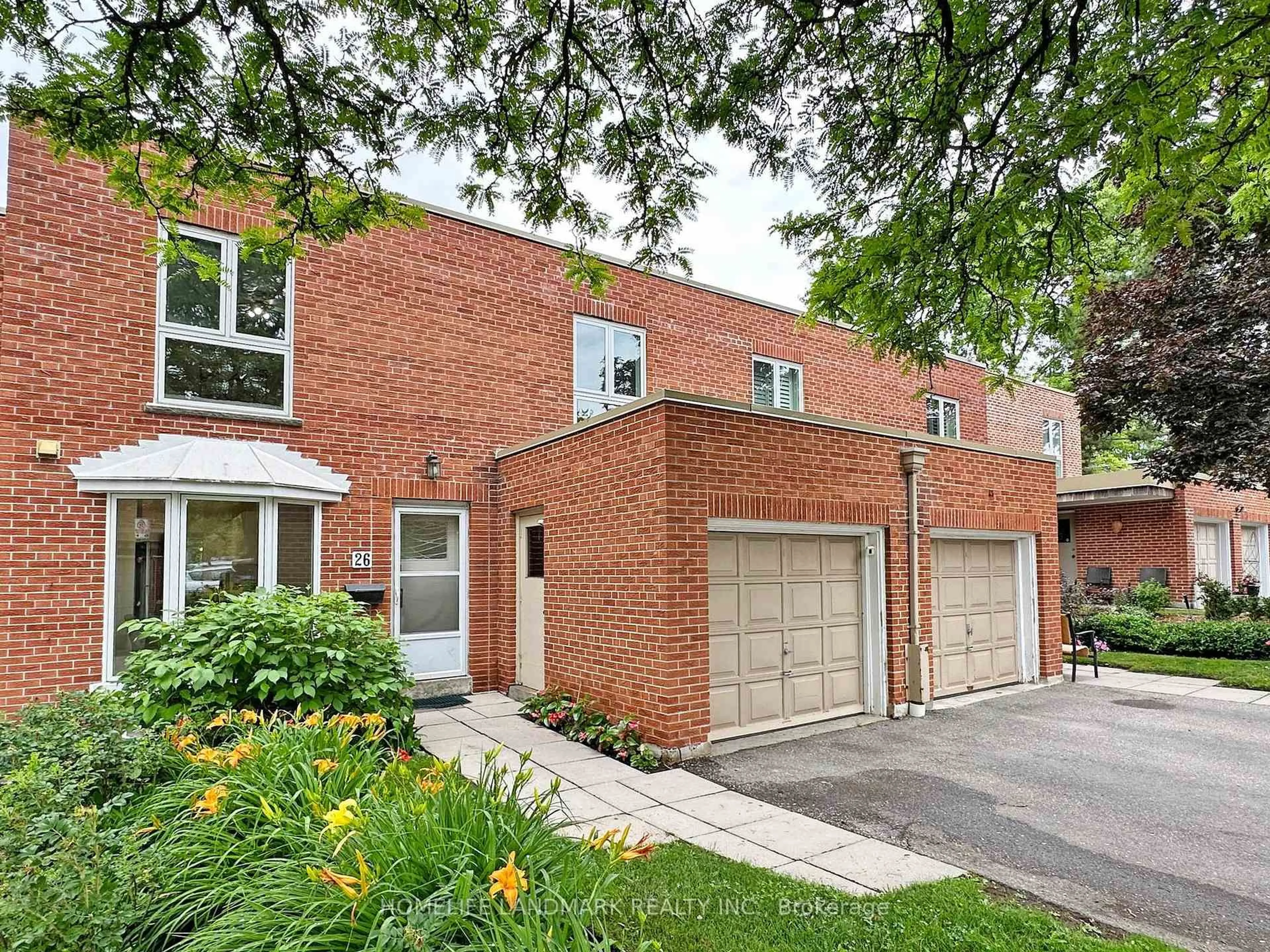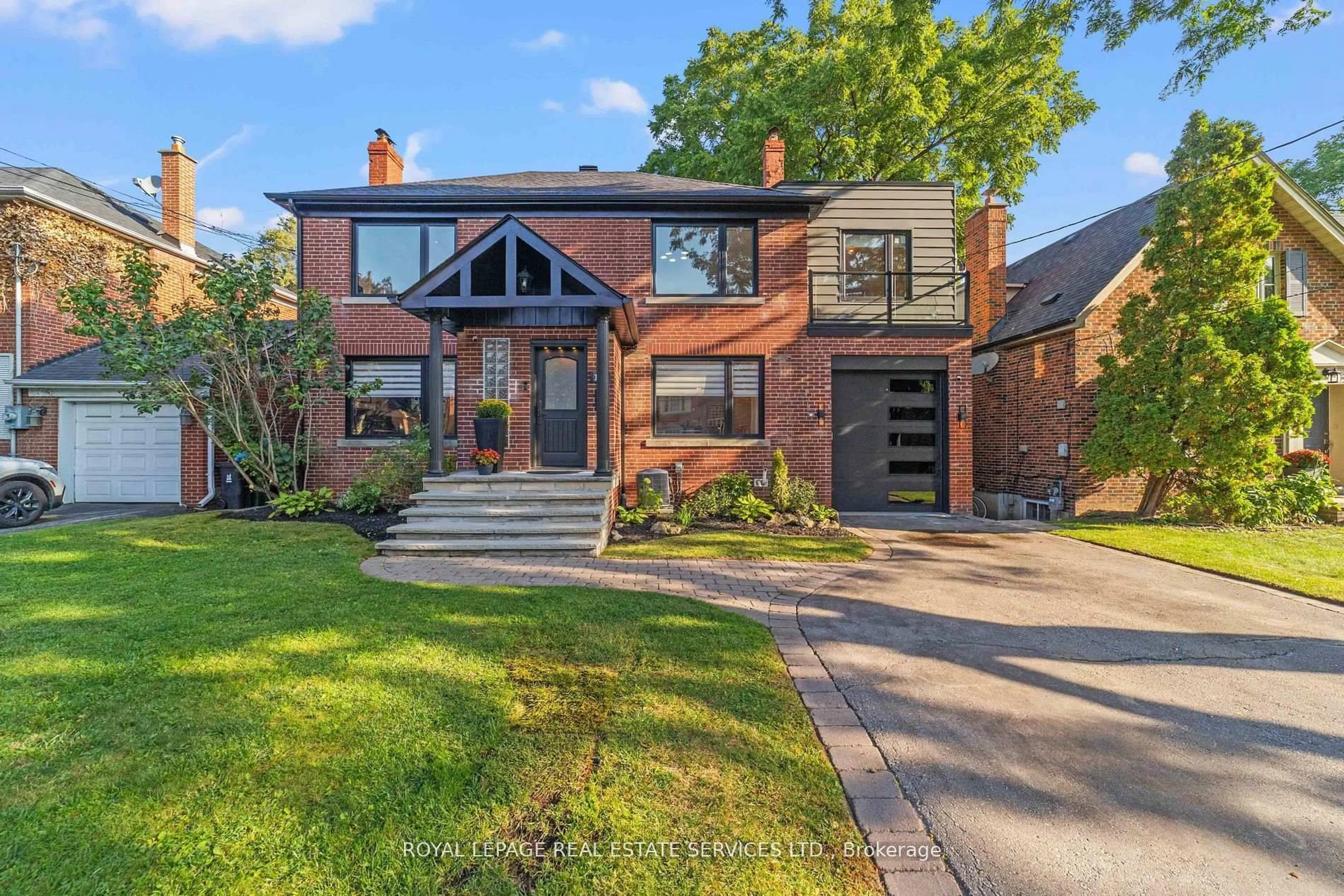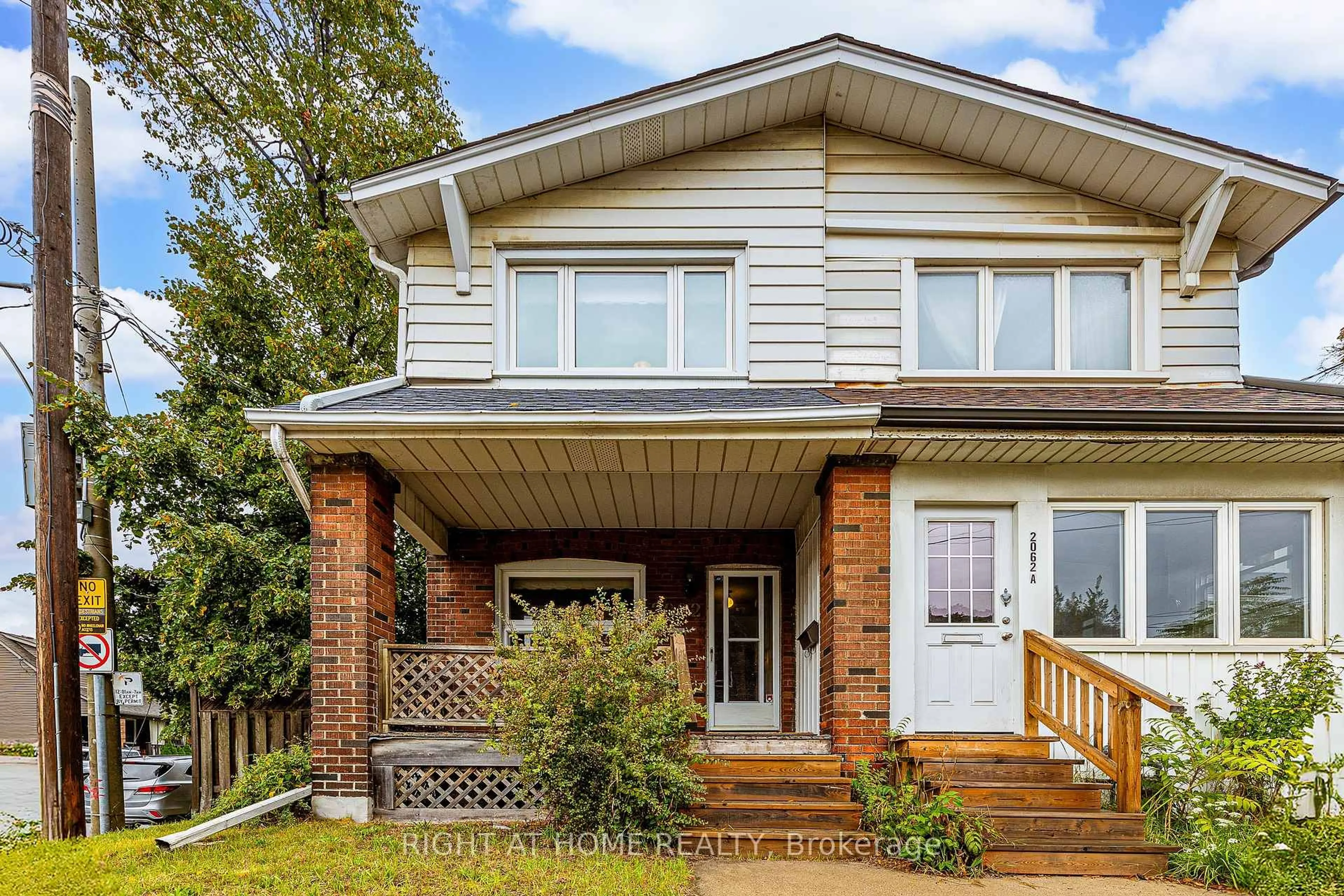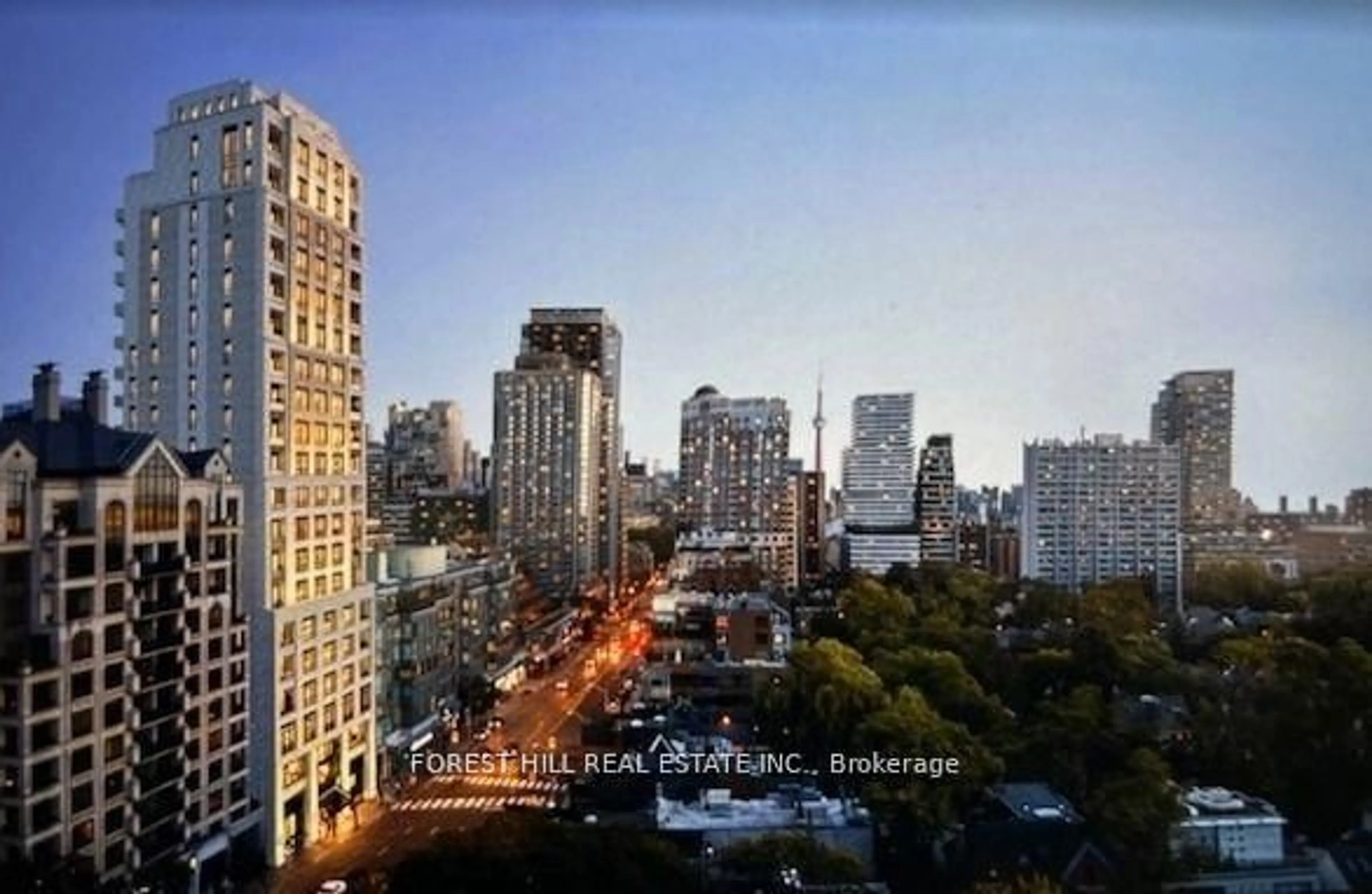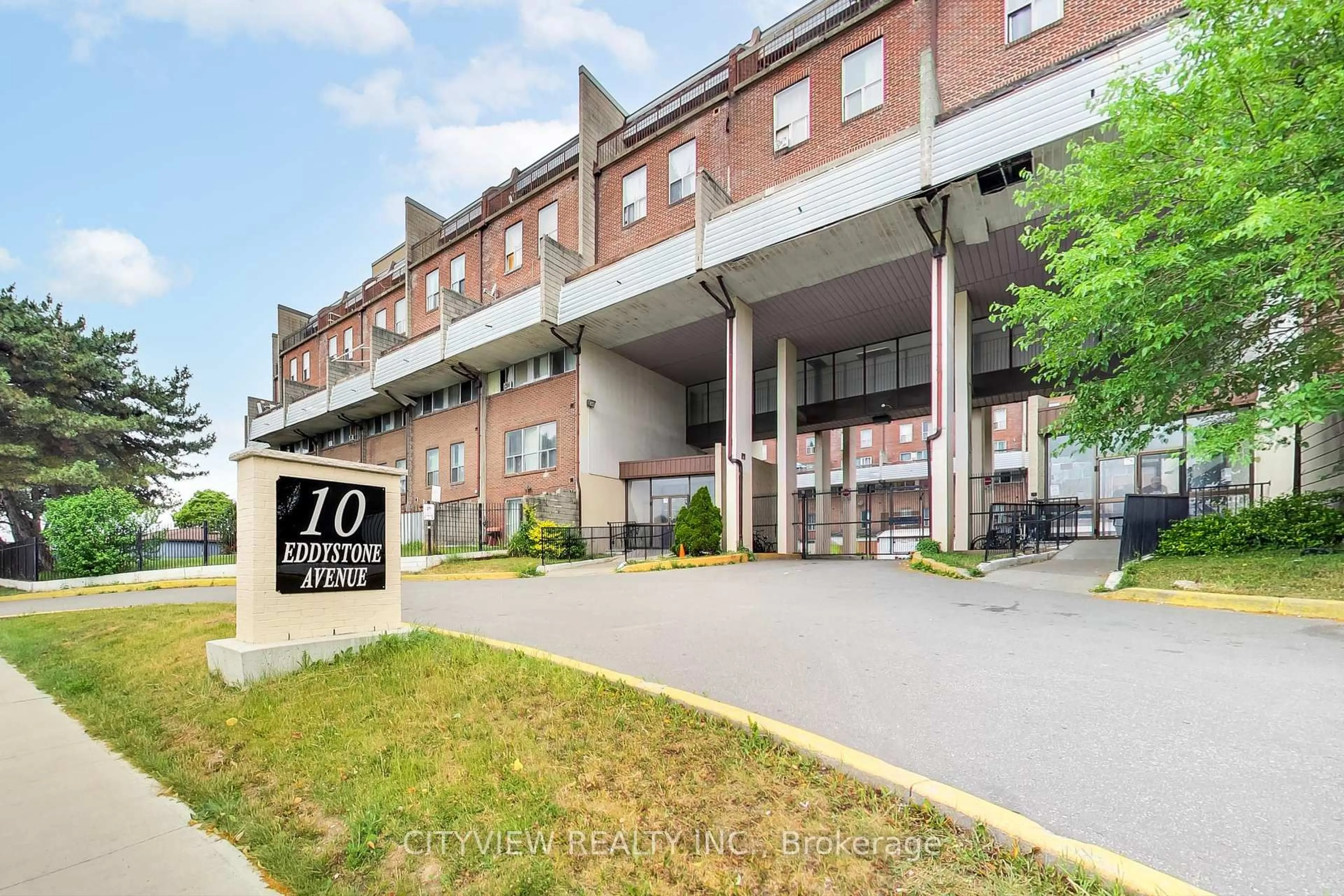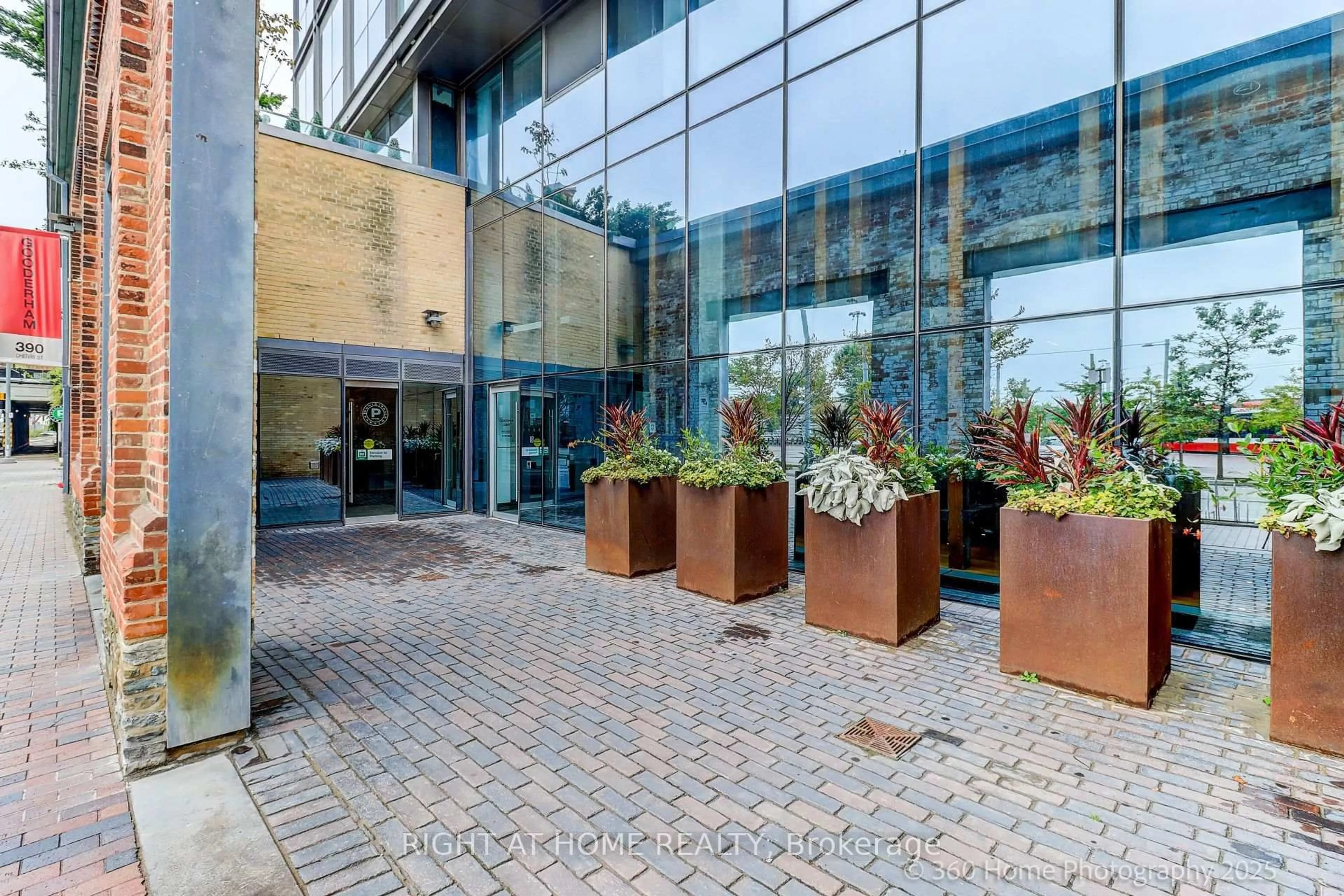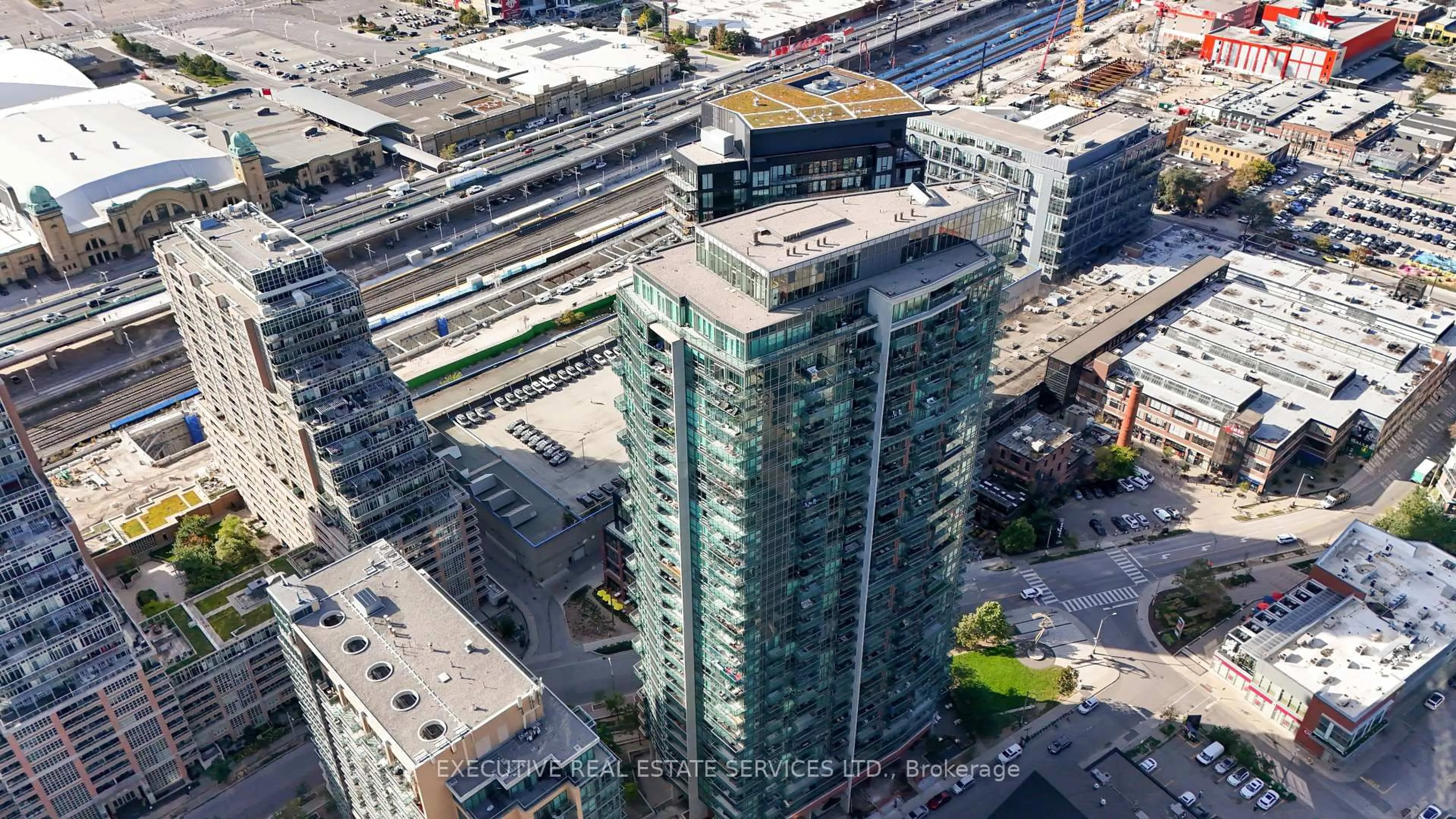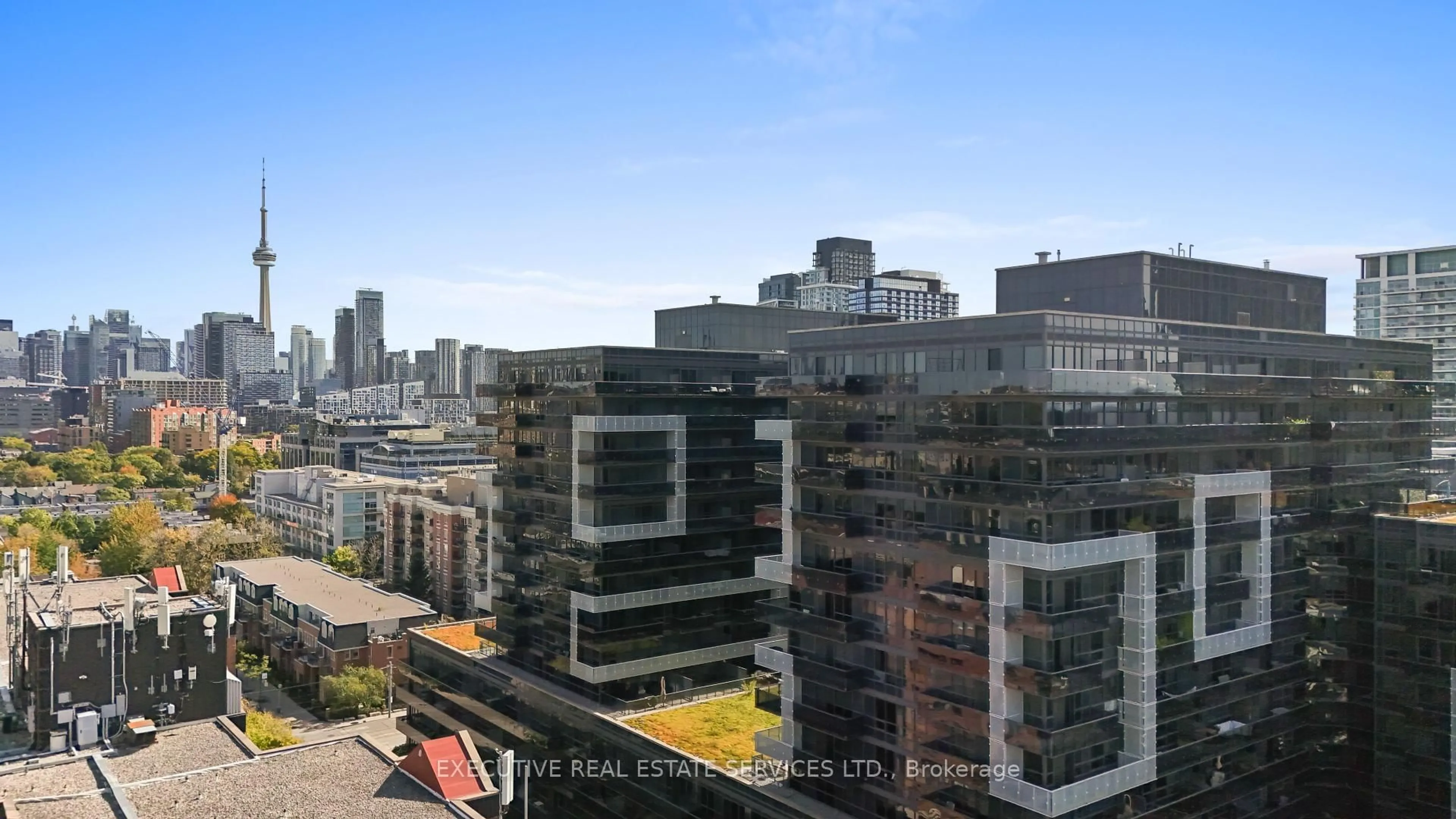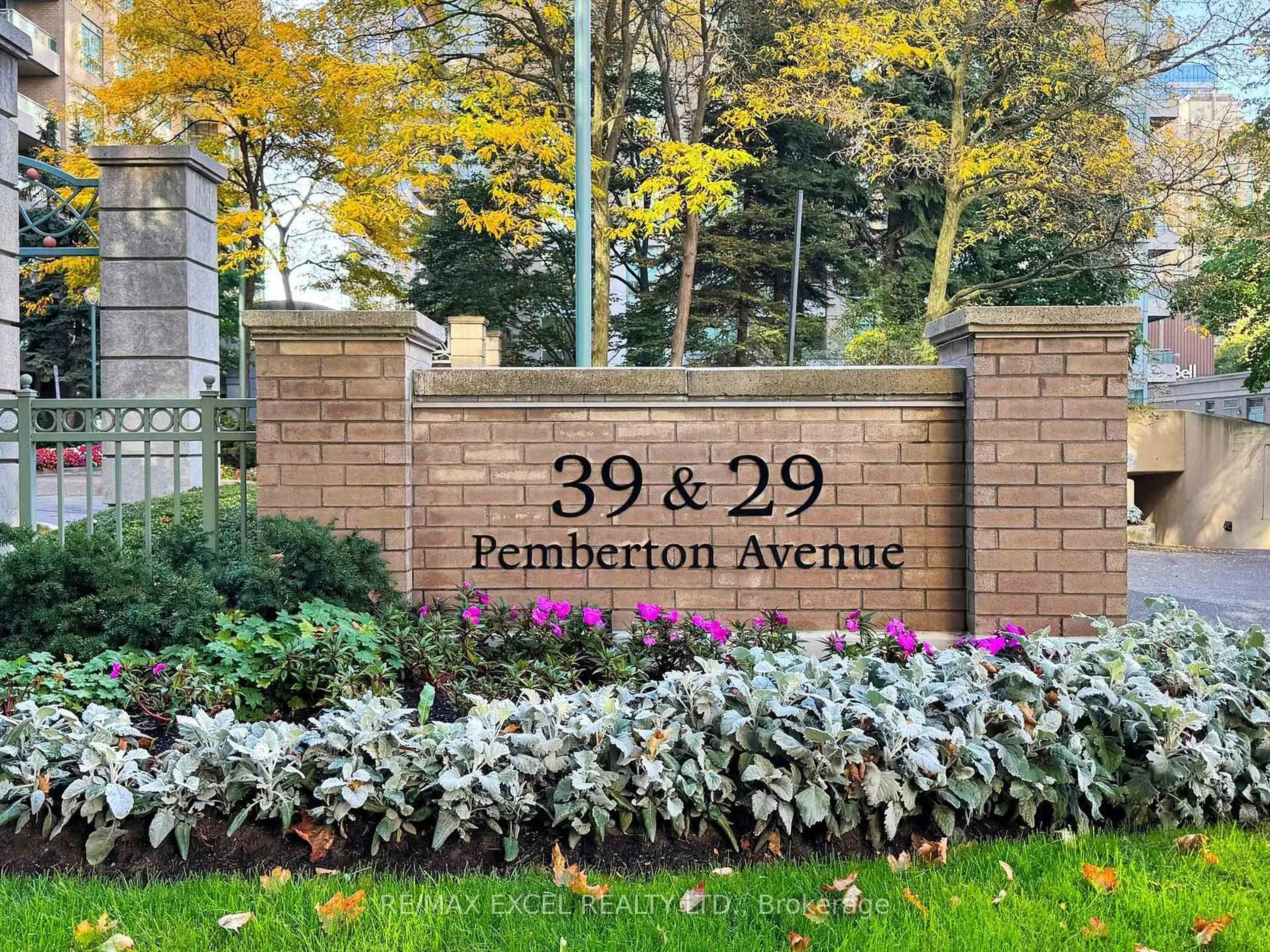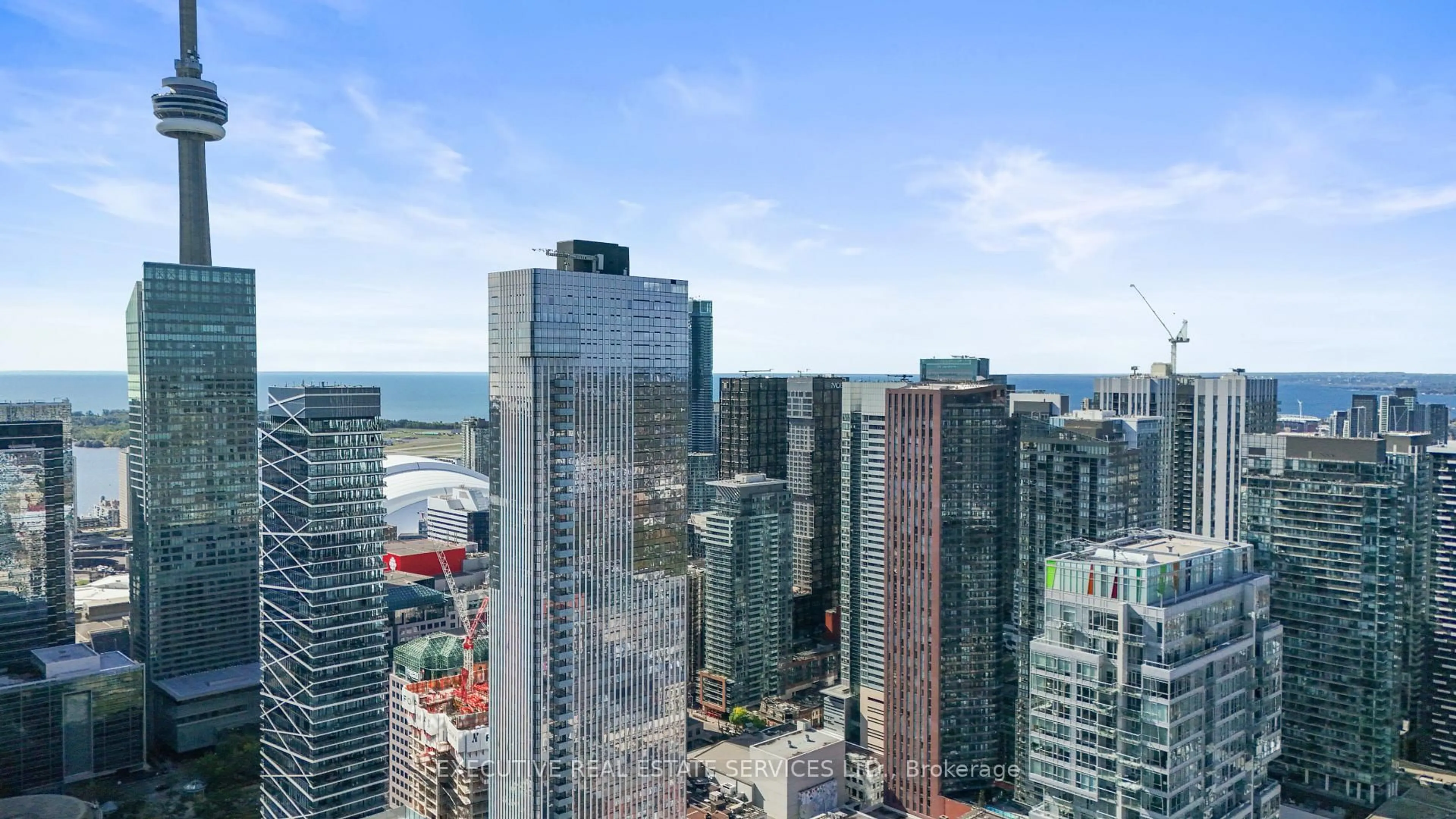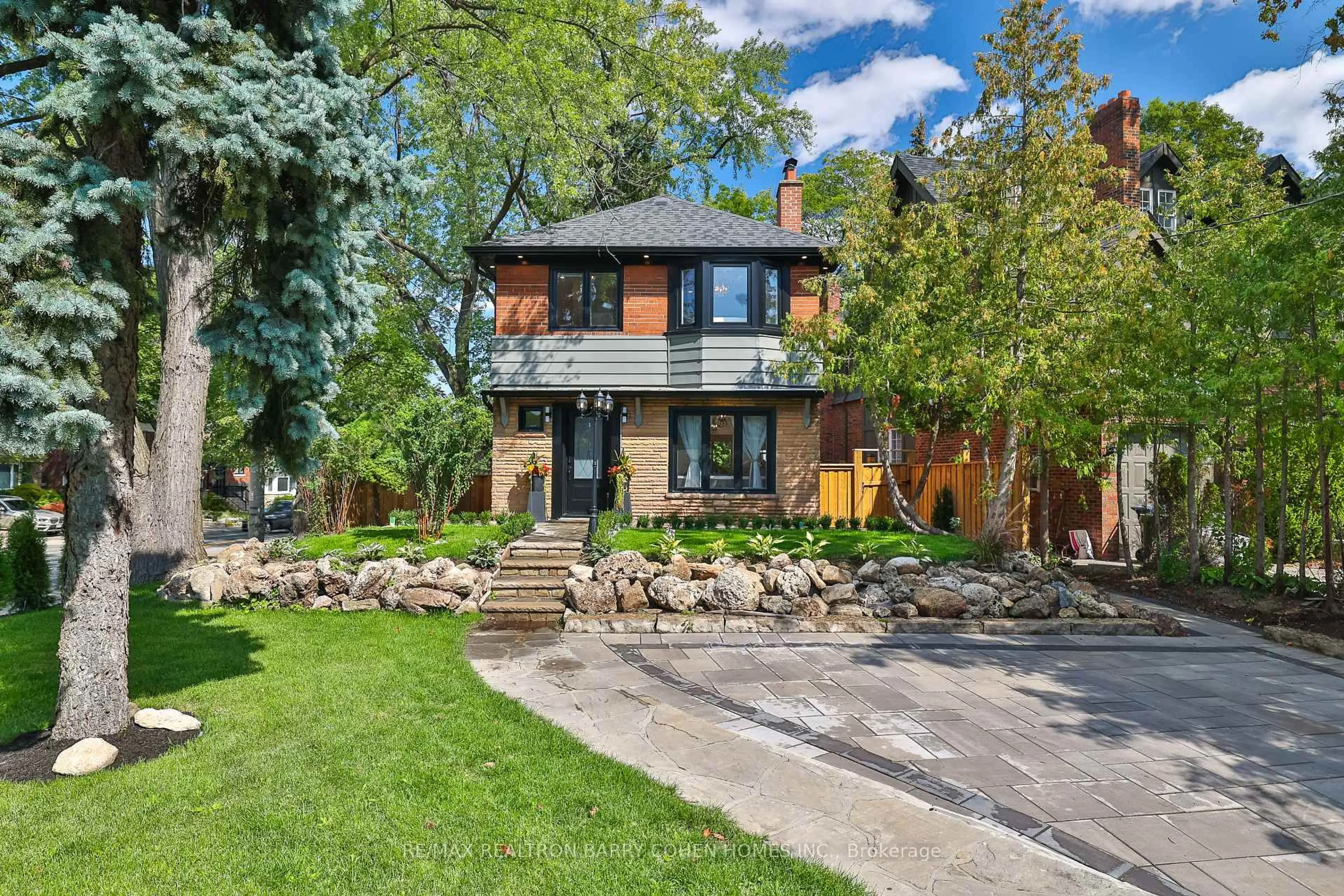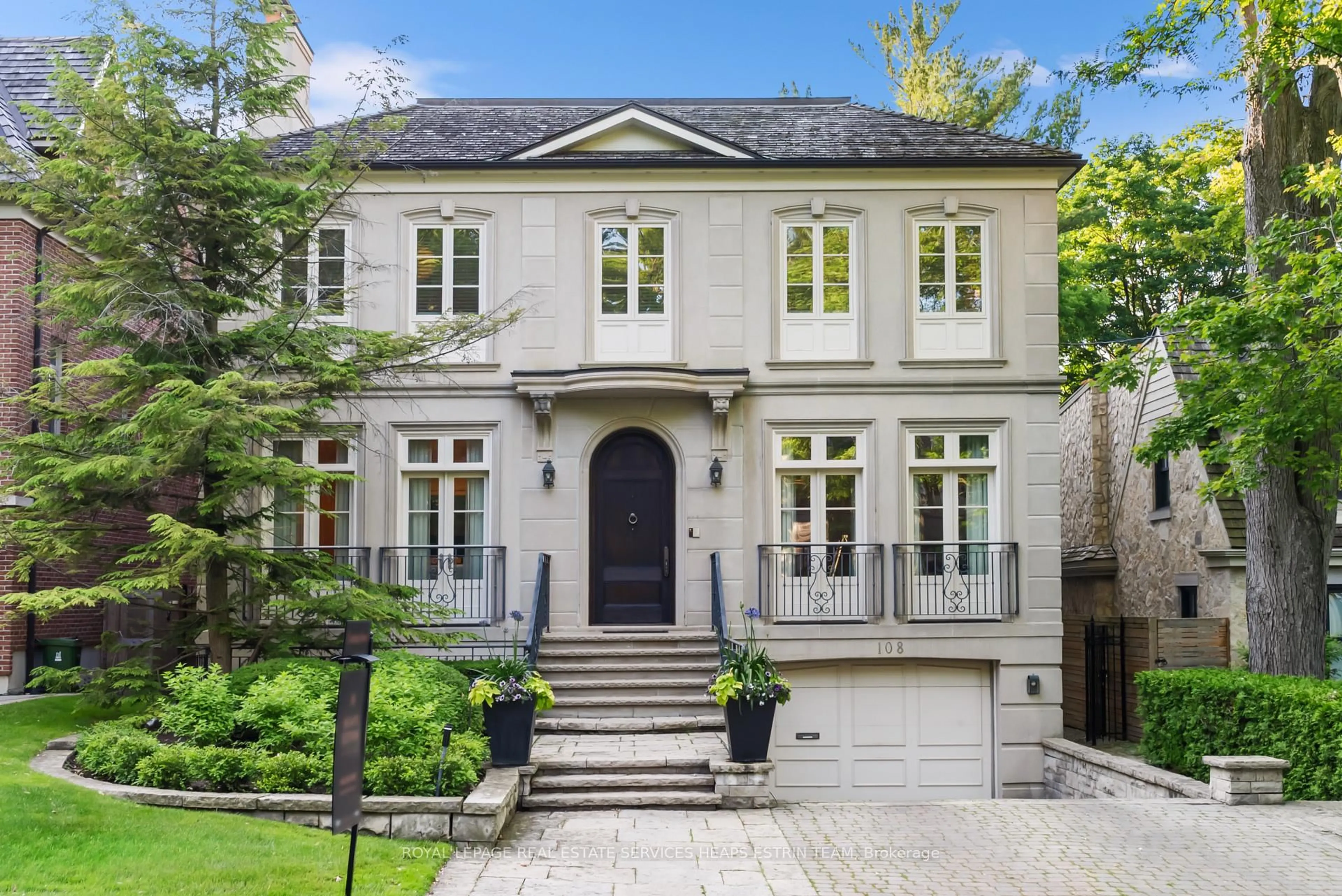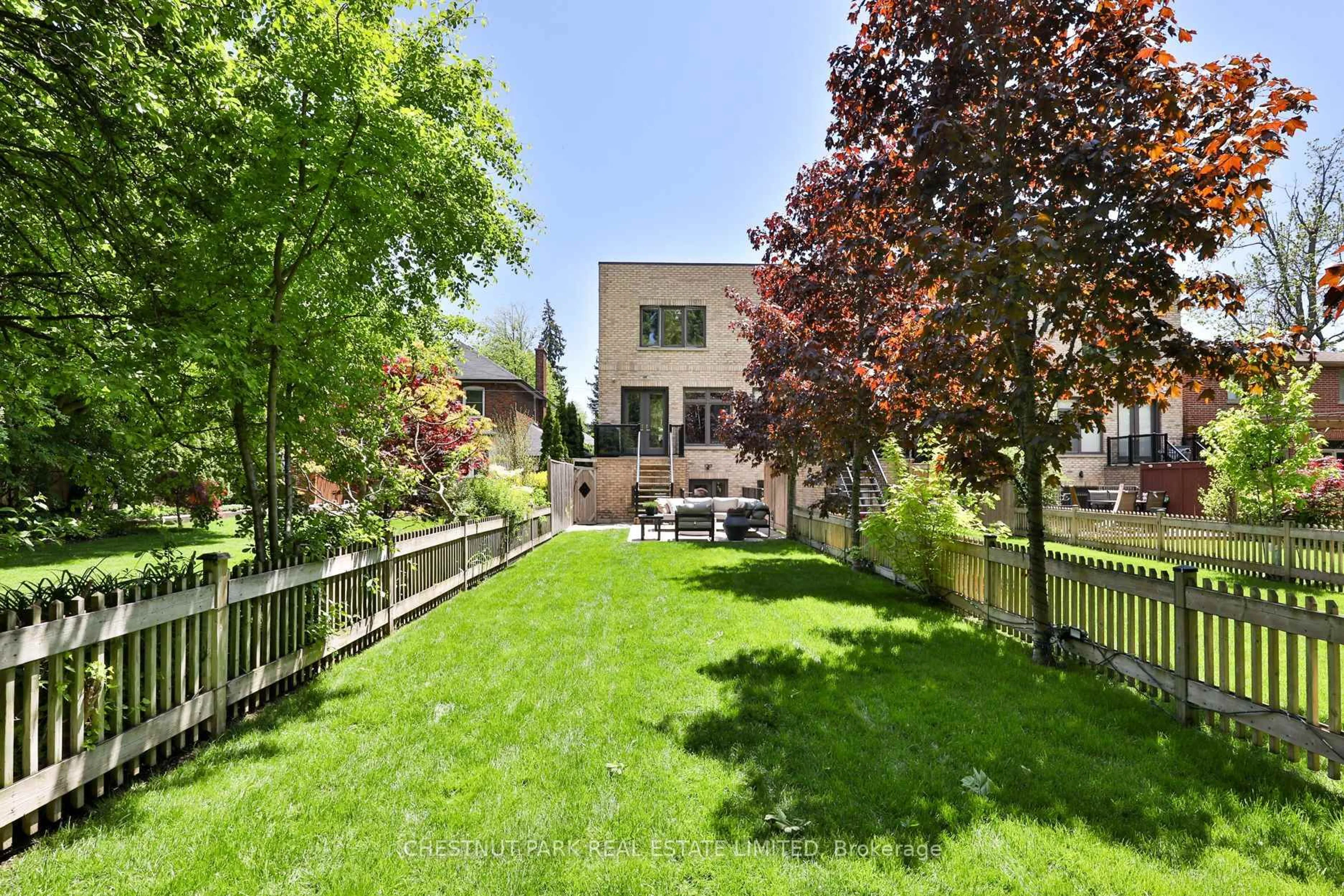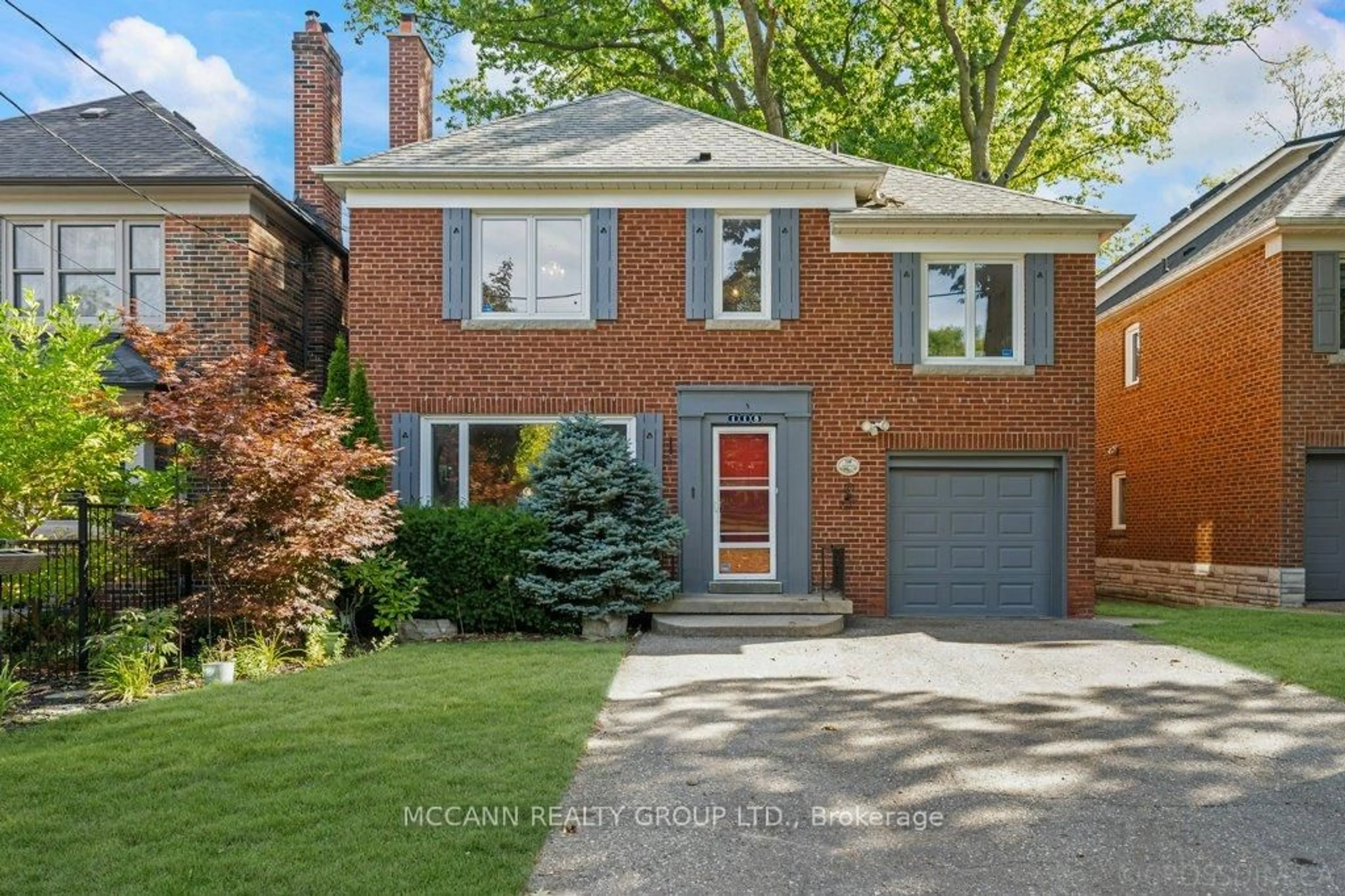The Smarter, Faster, Dreamier Home Search.
With Wahi, your perfect home finds you.
Property type
Bedrooms
Bathrooms
No Catch. Just Cashback.
Buy and sell with confidence with Wahi. Get expert REALTOR® advice backed by our unique data-driven insights, helping you list at the optimal price and predict your home’s timeline to sell.
Buying
with Wahi
Buying & Selling
with Wahi
More Negotiation Power with Wahi Realtors

Anne Alkok
Broker of RecordAnne stumbled into real estate while helping a developer with condo approvals and has been in the industry since 2006. Her top advice for sellers: “Preparation is key – make your home shine when it hits the market.” Outside of work, Anne enjoys coffee with friends, British crime dramas, mountain drives, and beach getaways.

Barbara Renee Funt
REALTOR® / Team LeadWith over 25 years in the real estate industry, Barb has dedicated her career to helping clients find their dream home and build equity through buying and selling real estate. She’s a savvy negotiator who draws on her extensive experience to confidently navigate the ever-changing market and secure the right deal for her clients. Barb is passionate about her family and two dogs, loves travelling abroad, and is never too far from a great concert!

Faraz Azam
BrokerWith over 10 years of experience, Faraz has dedicated to helping clients find the right home and make smart real estate decisions. A family man and passionate Toronto Raptors fan, he brings the same energy to both his work and personal life, always putting his clients’ needs first.

Michelle Ryckman
REALTOR®With over 12 years of experience, Michelle loves turning her clients’ dreams into reality. She understands how important it is to feel supported throughout the process and takes pride in helping her clients feel at home before they even move in. Outside of real estate, Michelle is a nature lover, a volleyball enthusiast, and a self-proclaimed kitchen experimenter.

Behnam Fazili
REALTOR®With over five years of experience, Behnam thrives on helping his clients find the perfect place to call home. With a strong background in professional soccer, he brings discipline, strategy, and a winning mindset to every negotiation. He knows that patience pays off in the home-buying journey and is committed to guiding his clients every step of the way.
Wahi Realtors handle 10x more deals**, giving you the advantage of deeper market insights and stronger negotiation power—all without sacrificing service. While we don’t drive you to showings, we streamline operations to pass those savings back to you as cashback.
Contact usAs Featured In:






Homes for Sale
Just Listed in TorontoView all
Open Houses in TorontoView all
Just Sold in TorontoView all
Price Decreased in TorontoView all
Homes near top schools in TorontoView all
Discover Nearby Homes in TorontoView all
What Customers Are Saying:
Overall Google Review Rating
"Working with Wahi has been an absolute pleasure! Barbara and her team went above and beyond to make the home buying experience smooth, stress-free, and even enjoyable. From the first consultation to closing day, their professionalism, responsiveness, and deep market knowledge were evident every step of the way. Barbara’s attention to detail and genuine care for her clients truly set her apart. She listened carefully to the needs, offered thoughtful advice, and never pressured me into the sale. Her team was equally fantastic: organized, friendly, and always one step ahead. If you’re looking for a real estate team that treats you like family and delivers results, I highly recommend Wahi Real Estate. Barbara and her team are simply the best!"
David Rodriguez
"I recently went through the home buying process with Barb from Wahi Brokerage, and honestly, the entire experience was just purely positive. Period. It’s been a long journey, and from day one, I felt supported every step of the way. One of the things I appreciated most was how responsive and flexible Barb and her team were. Whether it was early mornings, late evenings, or weekends, they were always there to answer questions, offer guidance, or just check in. That kind of support made a huge difference. Barb really took the time to understand what I was looking for. There was never any pressure, just thoughtful help and honest insight. And in a decision as big as buying a home, that respectful, no-pressure approach really stood out to me. The whole process went incredibly smoothly. Barb was quick to react when needed, always kept me in the loop, and helped make the experience feel easy and manageable. I also want to give a big thanks to Faraz, who offered great advice throughout and was a key part of the journey. Would I recommend Barb and her team to someone else? Absolutely, I already have! Friends, family, anyone who asks. Would I work with them again in the future? Without hesitation, yes. This was a great experience, and I’m grateful I had such professionals on my side."
Volodymyr Vozniak
"Our journey to finding our dream home with Wahi Real Estate was truly outstanding. The whole team was professional, welcoming, and made the process enjoyable. Wahi arranged all our viewings seamlessly, and the tours were excellent. Most of our communication happened through the app, the team was always quick to respond, which made everything easy and stress-free. A special thanks to Michelle, who guided us through the paperwork smoothly and provided invaluable advice at every step. We’re grateful to Wahi for playing such a meaningful role in this milestone. We would highly recommend Wahi to any home buyer!"
Irina Krasyuk
"I had a fantastic experience working with Michelle at Wahi’s. As a first time home buyer, I had tons of questions and concerns, but she made the entire process so smooth and easy for us. She’s been incredibly patient and always quick to respond. She took time to understand what we were looking for and helped us find our perfect home. I highly recommend her. Also wahi have been awesome in booking all the showings and our tour assistant Sahil was amazing. We actually had fun going for all the showings. Thank you Wahi for being a part of this special journey of ours."
neha saini
"My experience with Wahi was fantastic. I was assigned a dedicated rep, Barb who was very knowledgeable, helpful and accommodating. If I wanted to see a house I booked an appointment in their app. Another rep met me at the house at the requested time. I saw a lot of houses. When I found a place I liked they handle the offer and talked with the other realtor. All I had to do was tell them what I wanted to pay. The whole process was very easy. And when you buy they pay you! What more could you want?"
Dave Van Sickle
Latest Real Estate Market Insights and News


Ask a Wahi REALTOR®: What Conditions Do You Recommend Including in an Offer, and Why?



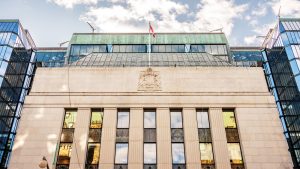

The smarter way to buy and sell a home.
Join thousands who love Wahi!
Download the Wahi app
Homes for Sale in New Brunswick
- Homes For Sale in New Brunswick
- Homes For Sale in Woodstock
- Homes For Sale in Shediac
- Homes For Sale in Bathurst
- Homes For Sale in Miramichi
- Homes For Sale in Moncton
- Homes For Sale in Saint John
- Homes For Sale in Saint Andrews
- Homes For Sale in St. Stephen
- Homes For Sale in Dieppe
- Homes For Sale in Belledune
- Homes For Sale in Campbellton
- Homes For Sale in Charlotte
- Homes For Sale in Fredericton
Homes for Sale in Saskatchewan
- Homes For Sale in Saskatchewan
- Homes For Sale In Fort Saskatchewan
- Homes For Sale In Weyburn
- Homes For Sale In Regina
- Homes For Sale In Swift Current
- Homes For Sale In Yorkton
- Homes For Sale In Assiniboia
- Homes For Sale In Buena Vista
- Homes For Sale In Lloydminster
- Homes For Sale In Melville
- Homes For Sale In Moose Jaw
- Homes For Sale In Outlook
- Homes For Sale In Preeceville
- Homes For Sale In Saskatoon
- Homes For Sale In Tisdale
- Homes For Sale In Wakaw

